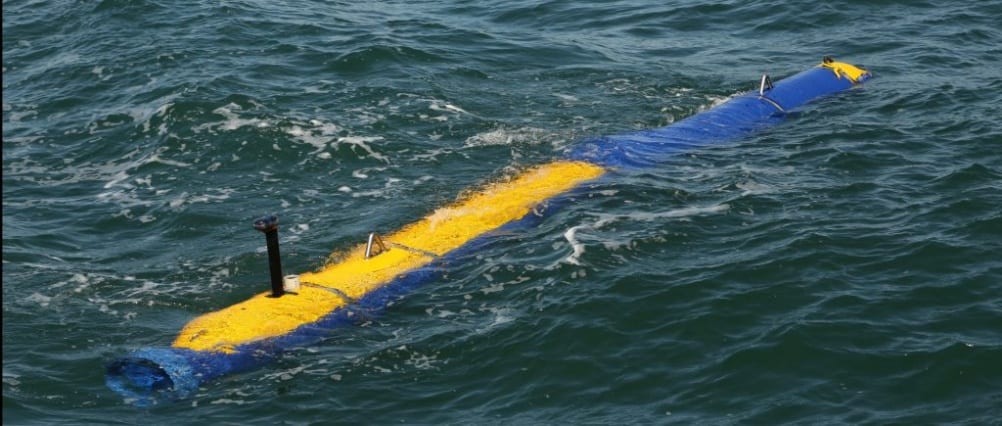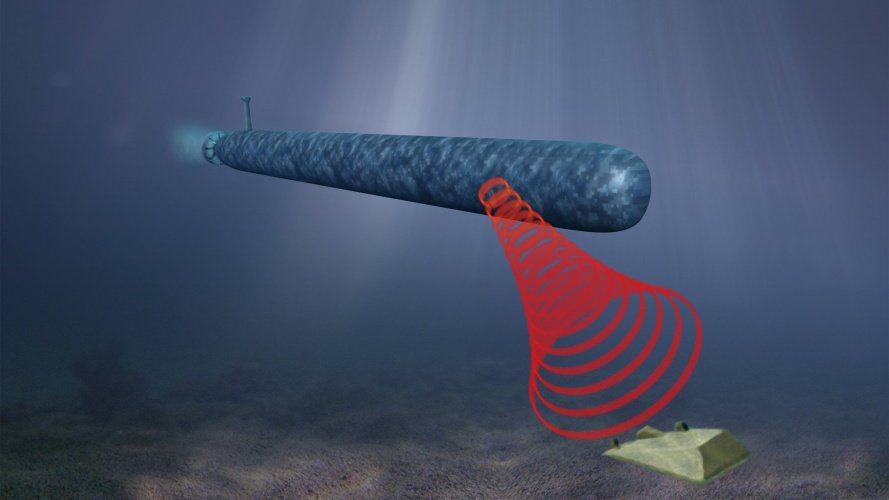
Led by General Dynamics Mission Systems, the Knifefish programme is intended to replace the dolphins and sea lions that the US Navy has used to detect mines since the 1960s. The propeller-driven vessel is a derivative of Bluefin Robotics’ Bluefin-21, which was used in the search for the missing Malaysian Airlines Flight 370 in the Indian Ocean. General Dynamics Mission Systems acquired Bluefin Robotics in 2016.
Knifefish’s capabilities were tested in a simulated minefield in Massachusetts’s waters. Using low-frequency broadband synthetic aperture side-scanning sonar, the unmanned undersea vehicle (UUV) was able to detect and classify potential mines at a variety of depths, including mines buried beneath the seabed.
“The information and situational awareness Knifefish will deliver to sailors is a quantum leap in clarity and accuracy over other mine-hunting systems currently used by the navy,” said Carlo Zaffanella, vice president and general manager of Maritime and Strategic Systems for General Dynamics Mission Systems.

The torpedo-shaped robot is 5.8m in length, with a diameter of 0.53m. Weighing 770kg, it is powered by a lithium-ion battery that allows up to 16 hours of continuous operation. When Knifefish detects a mine it makes a note of the location, later uploading up to 12 terabytes of data to its parent ship.
It has previously been reported that the navy does not believe real-time data transfer between Knifefish and parent ships is necessary, although this is something it will assess as trials continue. According to General Dynamics Mission Systems, further at-sea testing is due to take place this year ahead of formal System Acceptance Testing with the navy.
“The navy continues to work with its industry partner, General Dynamics Mission Systems, to develop, test, and deliver the needed Knifefish capability to the fleet,” said Capt Jon Rucker, programme manager for the US Navy’s Unmanned Maritime Systems Program Office.
“The system performed well against a variety of surrogate targets and we are confident we will refine its performance to support the planned schedule in 2017.”




Nanogenerator consumes CO2 to generate electricity
Whoopee, they've solved how to keep a light on but not a lot else.